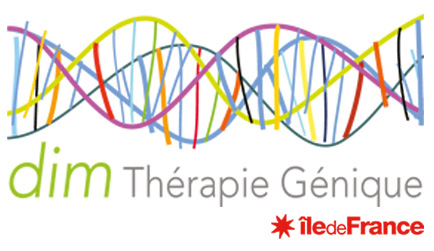Viral vectors
Axis holders

Fulvio Mavilio
Viral vectors

Federico Mingozzi
Viral vectors
Design and development of viral gene transfer vectors is a fundamental activity, horizontal to all DIM therapeutic projects. Lentiviral (LV) vectors are used in most pre-clinical and clinical studies of gene therapy for inherited blood disorders.
Pioneering clinical trials carried out at Necker for rare immunodeficiencies (Wiskott-Aldrich Syndrome, Chronic Granulomatous Disease) showed that LV vectors are a safe and efficacious tool to transfer genes in human hematopoietic stem cells.
These studies provide the basis for the development of more complex vectors and gene expression cassette to express hemoglobin genes and develop a safer and efficacious alternative to allogeneic stem cell transplantation for the therapy of sickle-cell disease.
Transplantation of genetically corrected stem cells can address also non-hematological disorders affecting the central nervous system, such as Friedreich’s Ataxia. Adeno-associated virus (AAV) vectors represent the platform of choice for in vivo gene transfer, based on their excellent safety and efficacy profile demonstrated in preclinical and clinical trials.
Based on results coming from clinical trials on hemophilia, which demonstrated long term correction of the diseases following a single AAV vector infusion, work toward establishing preclinical proof of concept of therapeutic efficacy in the context of liver metabolic diseases has initiated. This program takes advantage of the gene therapy expertise and the extensive clinical experience (with some of the largest fully-characterized cohort of patients in Europe) available within the DIM network, providing development opportunities in the context of diseases like ornithine transcarbamylase deficiency, maple syrup urine disease, etc. Additional programs, also stemming from the synergy between basic and clinical research, involve neurodegenerative and mitochondrial diseases, autoimmunity as well as blood clotting deficiencies and neuromuscular diseases.

